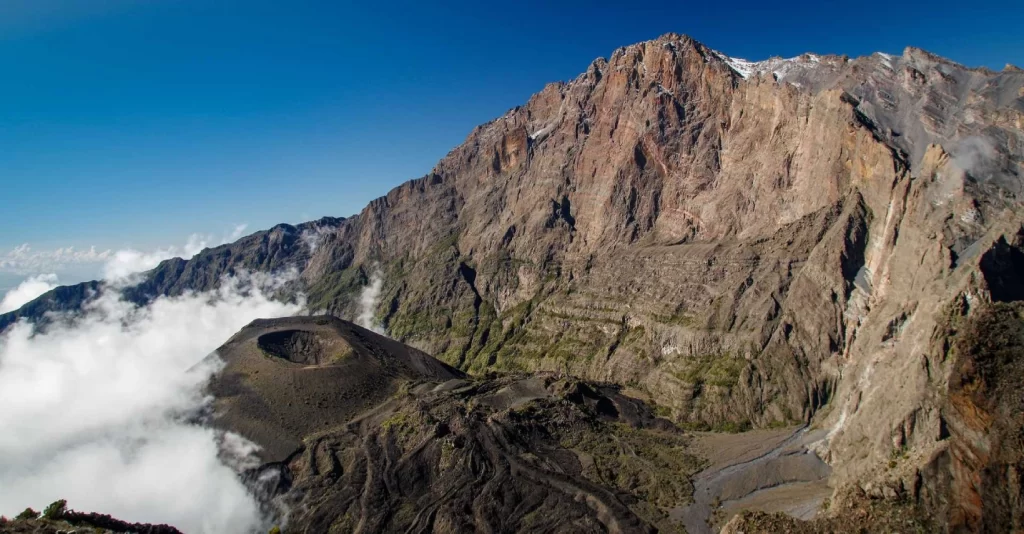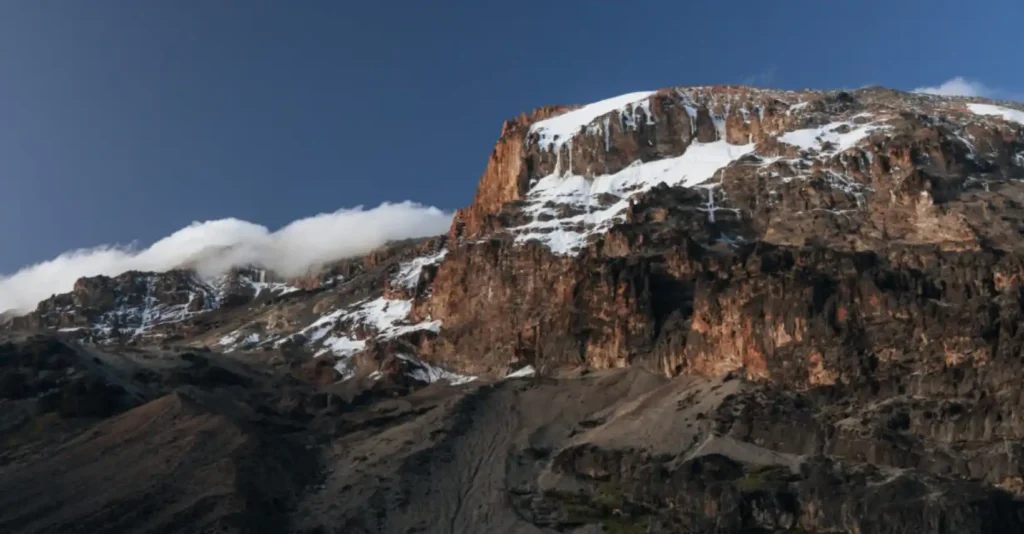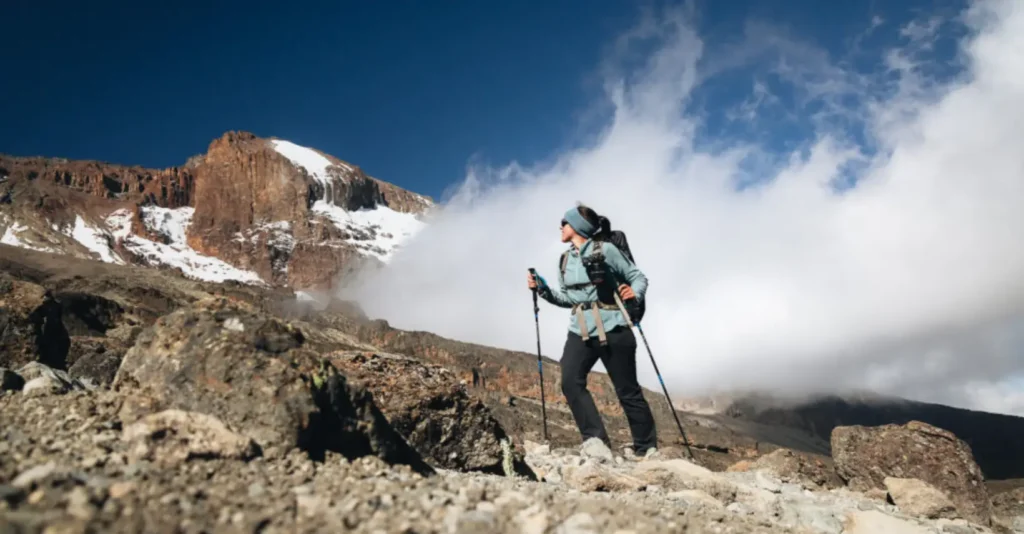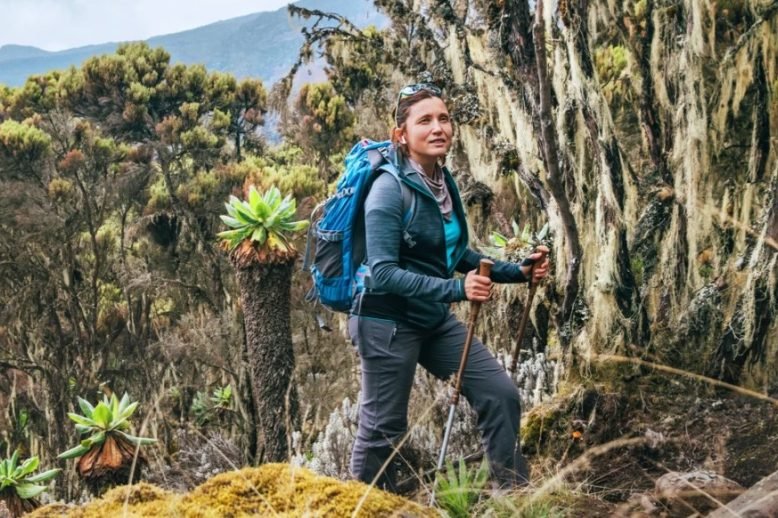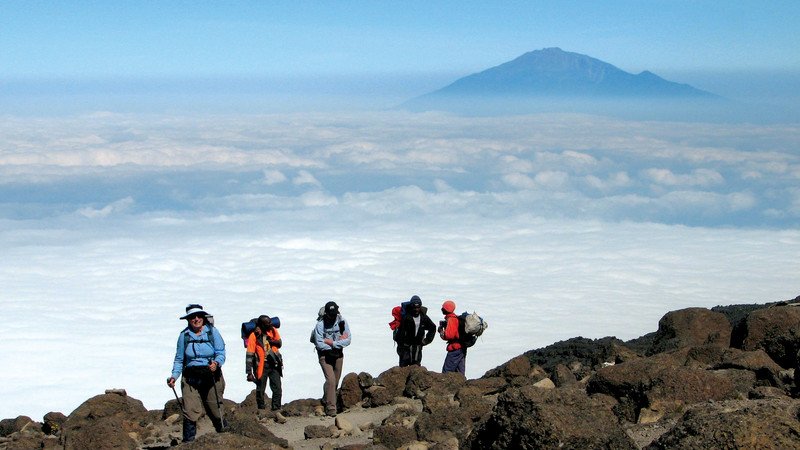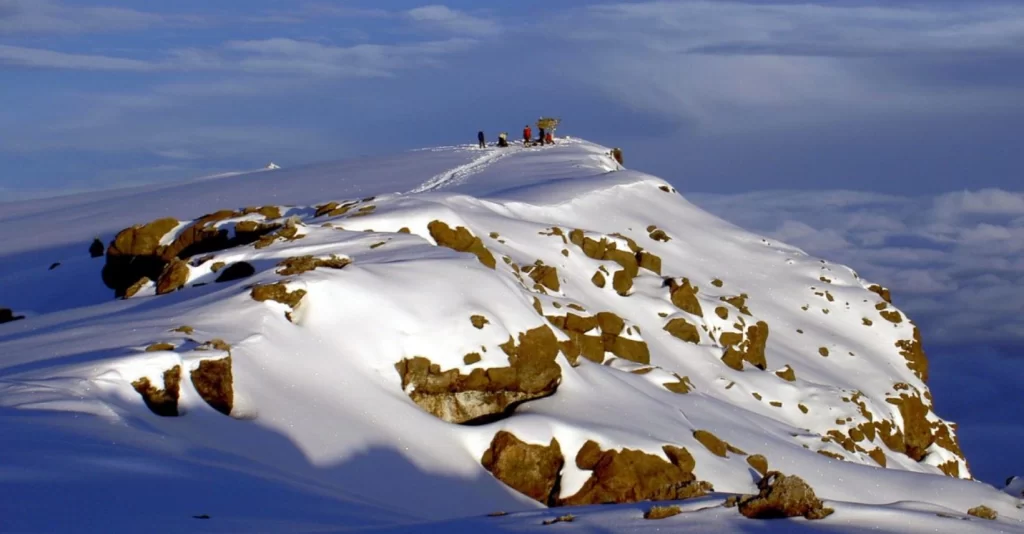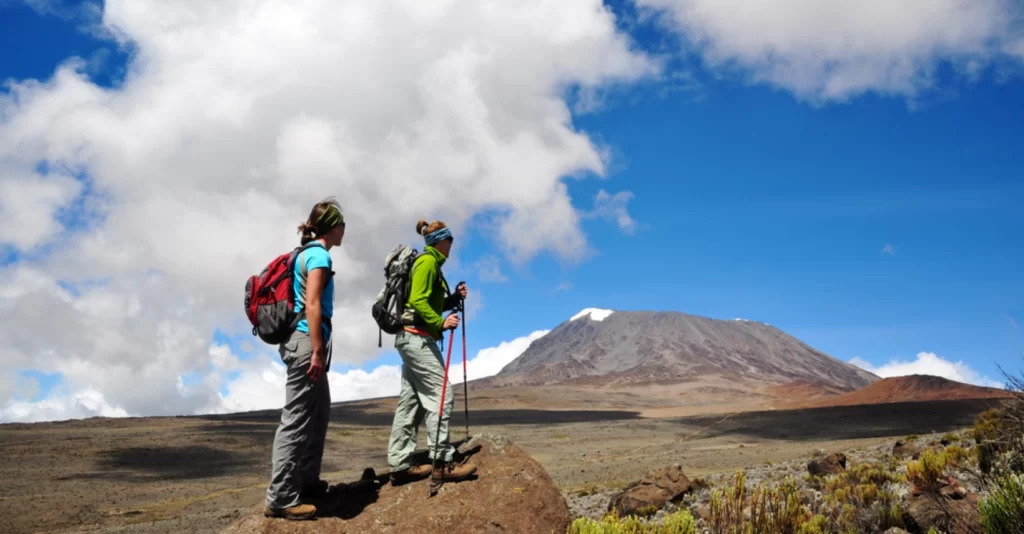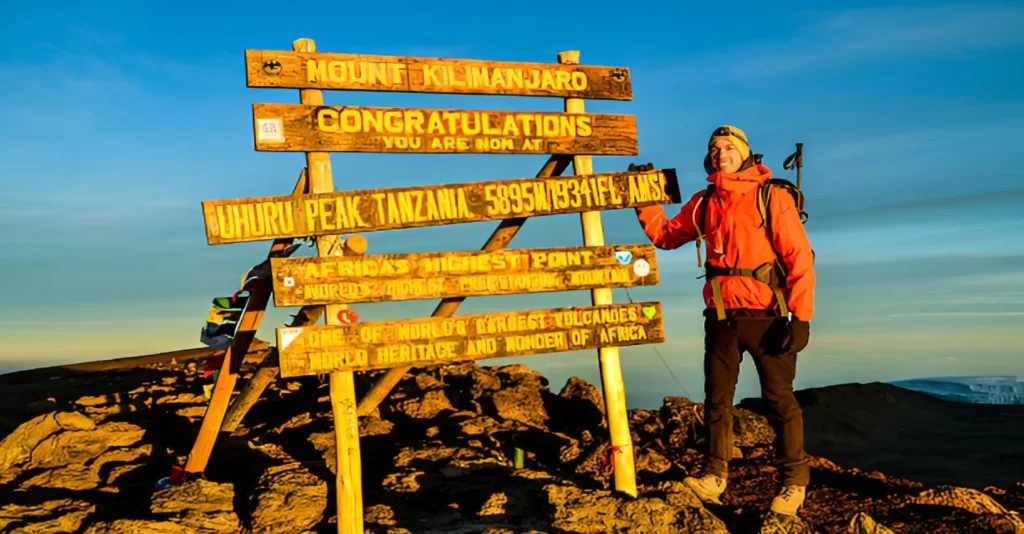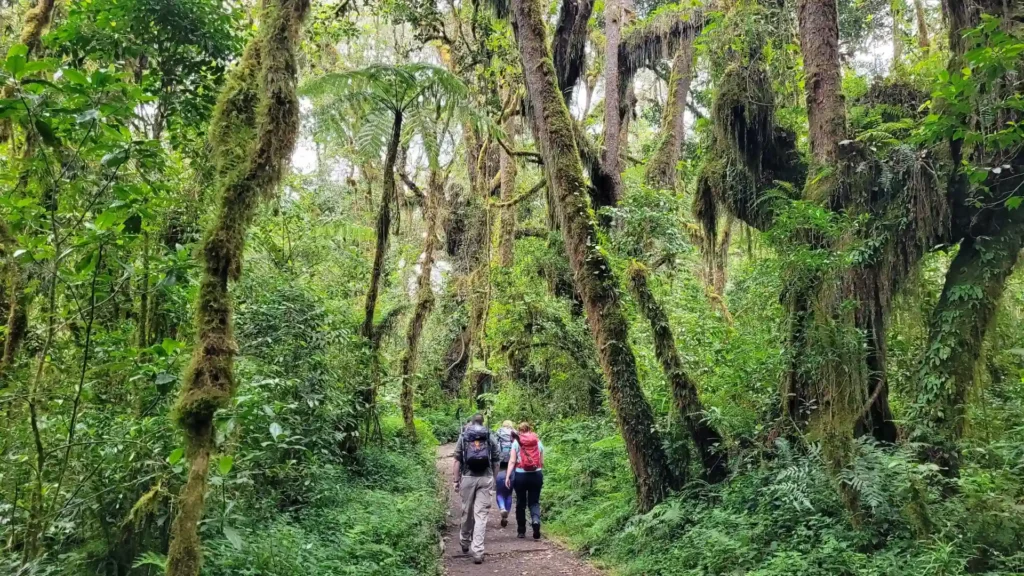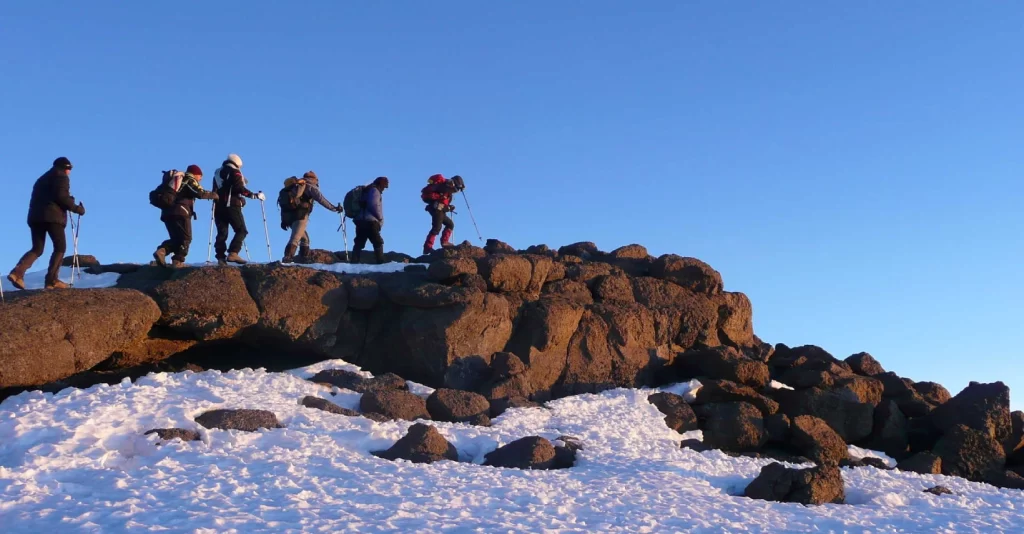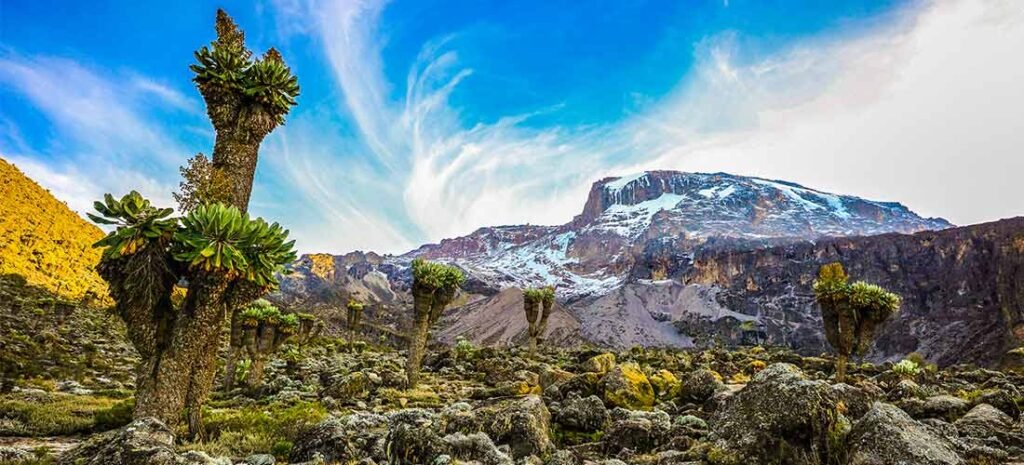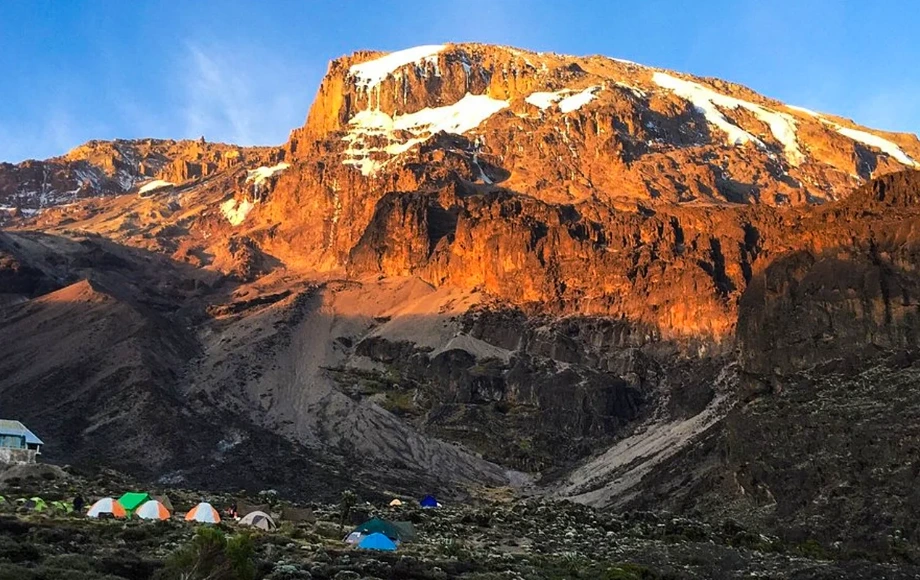Kilimanjaro Climbing
You are here: Home » Kilimanjaro Climbing
Kilimanjaro climbing in 2025/2026 offers a unique and transformative adventure. Mount Kilimanjaro, Africa’s highest peak at 5,895 meters (19,341 feet), is also the world’s tallest free-standing mountain.
As a result, climbing Kilimanjaro has become a bucket-list challenge for adventurers around the world. Whether you are a beginner or experienced hiker, this journey is achievable with the right preparation.
In addition, expert guides help ensure your safety and comfort throughout the trek. Because of their support, many reach the summit without any previous mountaineering experience.
Climbing Routes
Travel Time
Kilimanjaro National Park is a top destination for adventurous travelers seeking a true challenge.
In this guide, we cover everything you need to know about trekking Mount Kilimanjaro from our top-recommended itineraries to essential tips for preparing for the adventure of a lifetime.
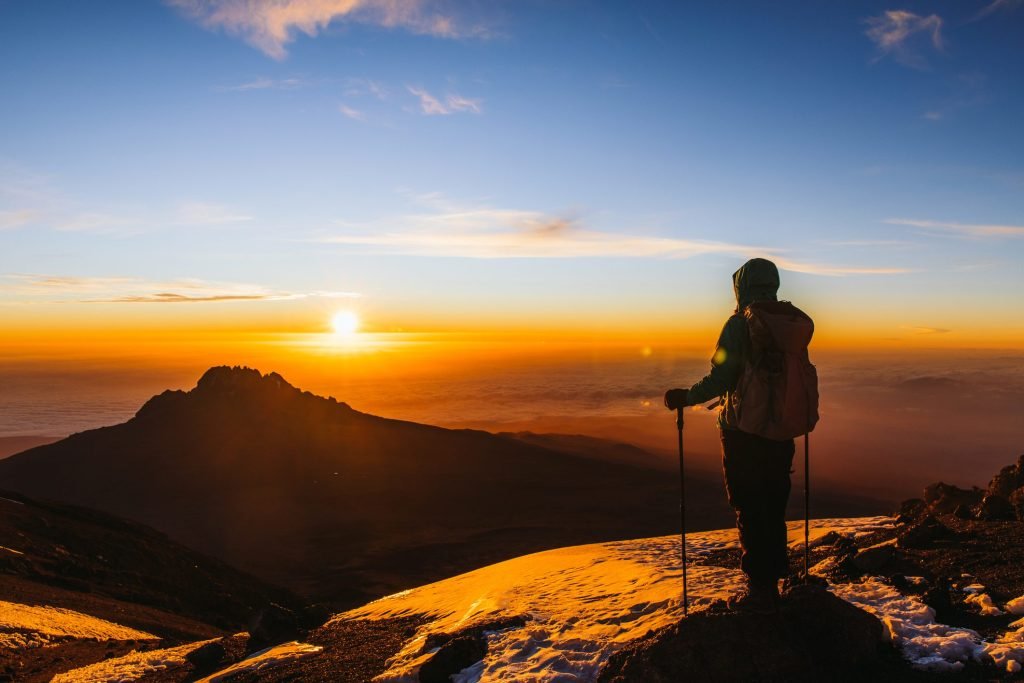
Kilimanjaro Itineraries
Once you’ve decided to take on the incredible challenge of climbing Mount Kilimanjaro, the next important step is choosing the route that best suits your experience, goals, and preferences. There are seven main routes to the summit—six starting from the southern side of the mountain and one from the northern side.
WeGuide African Safaris offers customized itineraries for all the Kilimanjaro routes, helping you find the perfect match for your adventure. So, which route is right for you?
Kilimanjaro Climbing Routes: At a Glance
Best for Beginners: Marangu Route or Machame Route
Most Scenic: Lemosho Route or Machame Route
Best for Budget-Conscious Beginners: Marangu Route
Great for Moderate Hikers: Machame Route or Lemosho Route
Recommended for Experienced Hikers: Umbwe Route
Most Popular Route: Machame Route
Longest Route: Northern Circuit
Best Option During Rainy Season: Rongai Route
Highest Success Rate: 8-day Lemosho Route or 9-day Northern Circuit
Kilimanjaro Routes: Pros and Cons
Choosing the right route to climb Mount Kilimanjaro is key to a successful summit. There are seven main routes, each with unique advantages and challenges. Factors such as trail length, difficulty, scenery, traffic, and accommodation options vary, so it’s important to select the route that best matches your fitness level, goals, and preferences.
At WeGuide Africa Safaris, we take the guesswork out of planning your Kilimanjaro trek. With hundreds of successful summits and clients from around the world, our team will help you choose the best route based on your group’s needs. Among the most popular choices are the Machame Route, Marangu Route, and Lemosho Route.
Machame Route – “The Whiskey Route”
The Machame Route is one of the most popular and scenic ways to summit Kilimanjaro. It offers a high success rate thanks to its gradual ascent and good acclimatization profile. The trail circles around the mountain, providing dramatic views and diverse landscapes.
Highlights:
You’ll trek through lush rainforest and cross the stunning Shira Plateau. The final push to the summit begins at Stella Point — the most physically demanding section of the trek. While it requires a basic level of fitness, the route’s design helps your body adjust to the altitude.
Duration:
6 or 7 days (7 days recommended for a higher summit success rate)
Pros:
Great scenery and varied landscapes
High success rate
More affordable than other routes due to shorter duration and easy access
Cons:
Can get crowded during peak trekking seasons
Marangu Route – “The Coca-Cola Route”
The Marangu Route is often considered the most accessible route on Kilimanjaro. It’s the shortest and only route that offers hut accommodation, making it a preferred option for climbers looking to avoid camping.
Highlights:
While the Marangu Route is popular among beginners, its shorter itinerary means less time for acclimatization — which can affect your chances of reaching the summit. You’ll ascend and descend along the same trail, which limits the variety of scenery.
Duration:
5 or 6 days
Pros:
Lowest cost option
Hut accommodations with beds and basic amenities
Ideal for budget-conscious travelers
Cons:
Less scenic (same trail up and down)
Lower success rate due to shorter acclimatization period
Shared dormitories offer less privacy
Lemosho Route – Remote and Scenic
The Lemosho Route is a favorite for those looking for a quieter, more immersive wilderness experience. Starting on the western side of Kilimanjaro, it offers pristine landscapes, low traffic, and excellent acclimatization opportunities.
Highlights:
This trail begins in remote forest and climbs gradually to the scenic Shira Plateau. Around Lava Tower, it merges with the Machame Route. It’s ideal for trekkers with a moderate fitness level who want a more complete and less-crowded experience.
Duration:
7 or 8 days
Pros:
One of the most scenic and varied routes
High summit success rate due to gradual ascent
Less crowded, more remote start
Cons:
One of the more expensive options
Requires extra transport to the western side of the mountain
Which Route is Right for You?
Whether you’re a first-time trekker or an experienced hiker, there’s a Kilimanjaro route to match your ambition. At WeGuide African Safaris, we’ll help you choose the perfect path and support you every step of the way — ensuring your Kilimanjaro climb is safe, memorable, and rewarding.
Best time to climb Kilimanjaro
Climbing Mount Kilimanjaro is a year-round experience. At WeGuide African Safaris, we provide expert advice on the best time for you to plan your Kilimanjaro trip based on your individual requirements.
The two main climbing seasons are the dry months from December to March and from June to October. The warmest months are from December to March. During these months the skies are clearer and there is less chance of snow on the trail. February is the best month since the temperature is high and the chances of rainfall are low. From June to October, the temperatures on the mountain are noticeably colder and the trails are busier.
During the rainy season, it can be wet, slippery and the visibility may be limited. Most climbers avoid these seasons, although some experienced climbers and adventurous travellers prefer to climb at this time. There are certainly some pros: a lack of crowds being a big draw!
How to prepare for Kilimanjaro Hiking
Even though there is a route for every level on Mount Kilimanjaro, it’s important to be able to cope with around 6-7 hours of walking every single day. This can be gruelling, so preparation is always a fantastic idea. During an average climbing day, you will walk 6-7 hours per day. In the months leading up to your trip, head out on long hikes every few weeks, gradually building up your stamina to endure a full weekend hike.
Other exercises that can help with preparing for your trek include yoga and breathing classes. Stretching out your body and mind makes your muscles stronger and less likely to let you down when you need them most!
Get a few tips on how to prepare for climbing Kilimanjaro in this article.
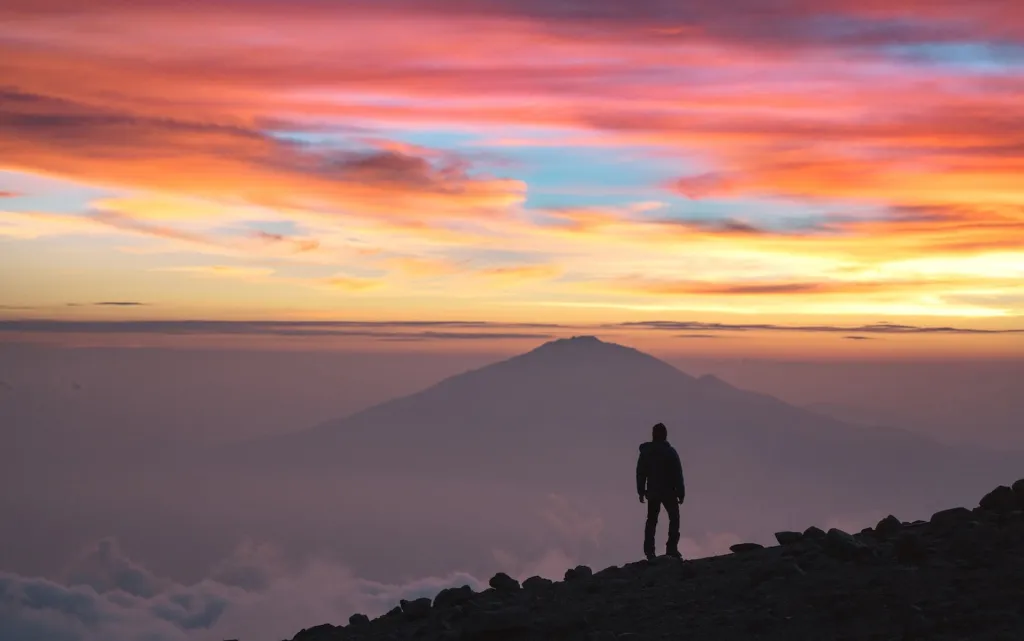
Kilimanjaro Climbing costs
The costs for climbing Kilimanjaro depend on the route you choose. We work with our clients to create custom Kilimanjaro itineraries for a wide range of budgets – from shoestring to bespoke luxury. Aside from tour operator costs, other expenses to consider include:
- Buying the right equipment: think walking poles, hiking boots, waterproof daypack, breathable clothing etc.
- Travel insurance for climbing Kilimanjaro.
- Tipping guides and porters: the porters and guides work very hard – often for little money. Tipping on Kilimanjaro is standard and helps support the local community
